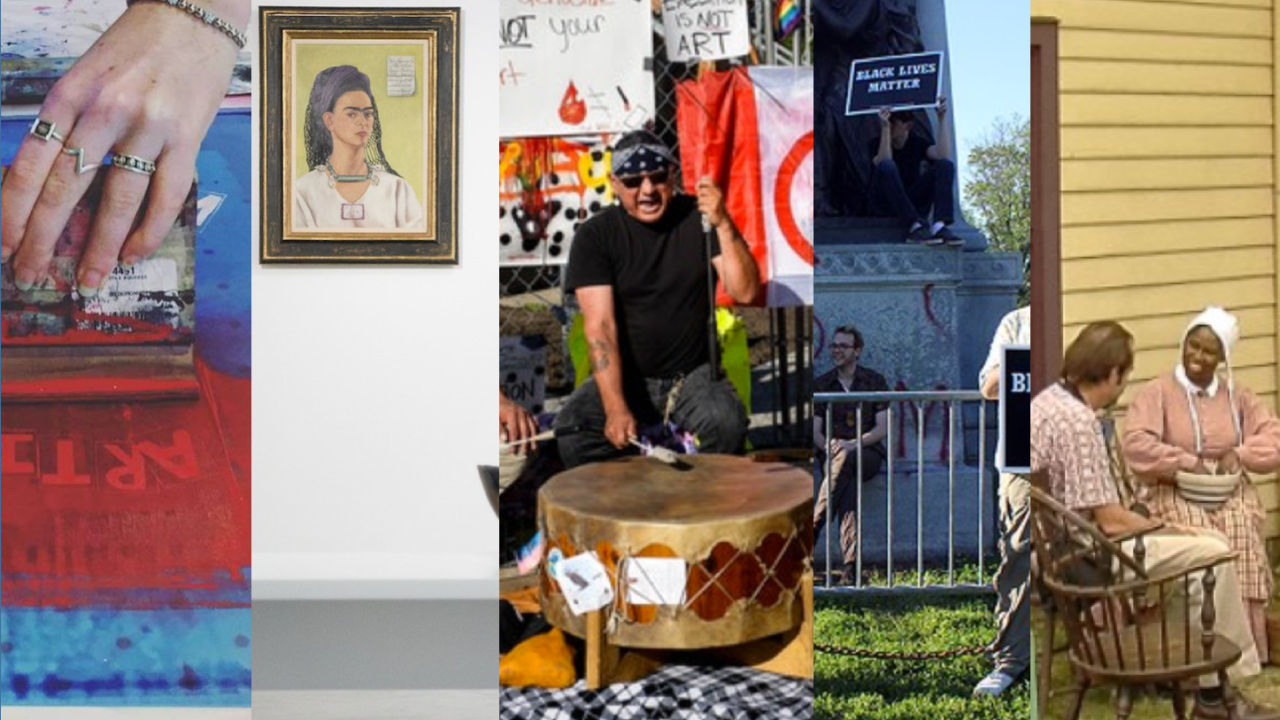
I hope everyone is celebrating independence in advance of our upcoming July 4th holiday! This week’s Roundup shares stories about social bridging, serving new audiences, learning from controversy, and creative techniques for audience engagement. Enjoy!
1. Museums often target certain distinct portions of their audiences in designing and marketing programs. Nina Simon, executive director of the Santa Cruz Museum of Art & History, wonders if this type of segmentation runs counter to a museum’s mission of serving the broader community. Her museum has instead focused on designing programs that facilitate ‘social bridging’ to bring “people together across differences in race, class, gender, age, culture, and background.”
Can Museums Serve Distinct Groups While Also Building a Cohesive Community? – Nexus – Zócalo Public Square
Like many organizations, my museum, the Santa Cruz Museum of Art & History, struggles with two conflicting goals.The museum should be for everyone in our community. But it’s impossible to do a great job being for everyone.
2. The Dallas Museum of Art (DMA) has attracted a high number of first-time and Latinx visitors to its presentation of the travelling exhibition Mexico 1900-1950: Diego Rivera, Frida Kahlo, José Clemente Orozco, and the Avant-Garde. While the museum knew the exhibition’s theme would be of interest to the large local Latinx community, it also realized that programming, such as an increased number of family days and bi-lingual interpretation, would be important to support these first-time visitors.
The Dallas Museum of Art Attracted a Record Number of Latino Visitors With This Exhibit
With less than a month to go until it closes, Mexico 1900-1950: Diego Rivera, Frida Kahlo, José Clemente Orozco, and the Avant-Garde has already broken records. It’s currently one of the Dallas Museum of Art’s (DMA) most successful exhibits in the last five years, and it’s attracted a record number of first-time visitors, many of whom are Latinos, according to NBC News.
3. A few weeks ago we shared the story about the controversy and settlement surrounding Sam Durant’s “Scaffold” sculpture which was set to be a part of the Minneapolis redesigned Sculpture Garden. Alicia Eler of the Minneapolis Star Tribune reached out to several curators for their thoughts on the controversy’s lessons for the museum world.
Lessons from the ‘Scaffold’ controversy: ‘Museums are inherently colonial institutions’
It’s been just more than a month since Minneapolis was hit with the “Scaffold” controversy. Set to be a part of the city’s redesigned Sculpture Garden, artist Sam Durant’s “Scaffold” sculpture was to be placed on former Dakota land.
4. It can be a delicate balance to keep our public spaces free of oppressive symbols while still acknowledging and learning from all aspects of our history. Earlier this month, the Missouri Civil War Museum filed a lawsuit against city of St. Louis for its plans to remove and destroy a civil war monument in one of the city’s parks. This week the city announced a settlement where the museum would take ownership of the monument with some strings attached.
Confederate Monument Will Go to Civil War Museum in Legal Settlement
PHOTO BY DANNY WICENTOWSKI The Confederate Monument that has sat in Forest Park for more than a century has a new owner – and they’re going to be permitted not only to take it, but to pay for the privilege.
5. Let’s round up the Roundup with some inspiration! The American Association for State and Local History (AASLH) shares four Leadership in History Awards project winners using creative audience engagement techniques.
Creative Audience Engagement Techniques from Award Winners
by Stephanie Fulbright, Graduate Student, Vanderbilt Divinity School on If your organization is looking for creative ways to engage your audience, here are four Leadership in History Awards winning projects with some unique approaches: Twitter Reenactment Freedom’s Frontier National Heritage Area commemorated the sesquicentennial of Quantrill’s Raid on Lawrence, Kansas, through a reenactment on Twitter.
Do you have a great museum story to share?

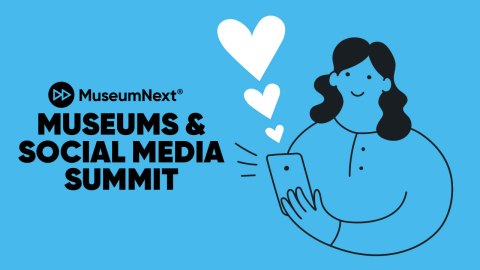

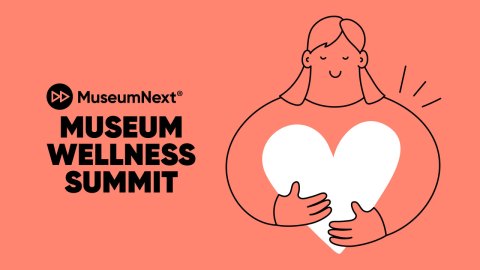


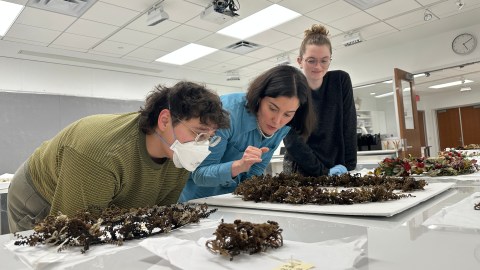

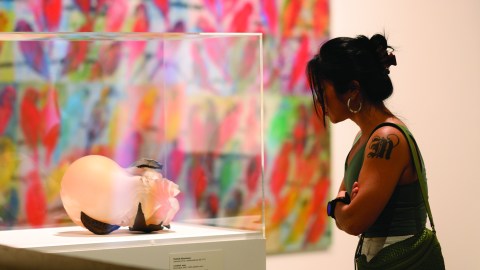
It is more important than ever to reach out and bring more community involvement in the arts. When young people participate and realize that art is relevant and reflects a deep part of their lives and culture, they will be enriched throughout their lives.
I couldn’t agree more!Thanks for your comment!